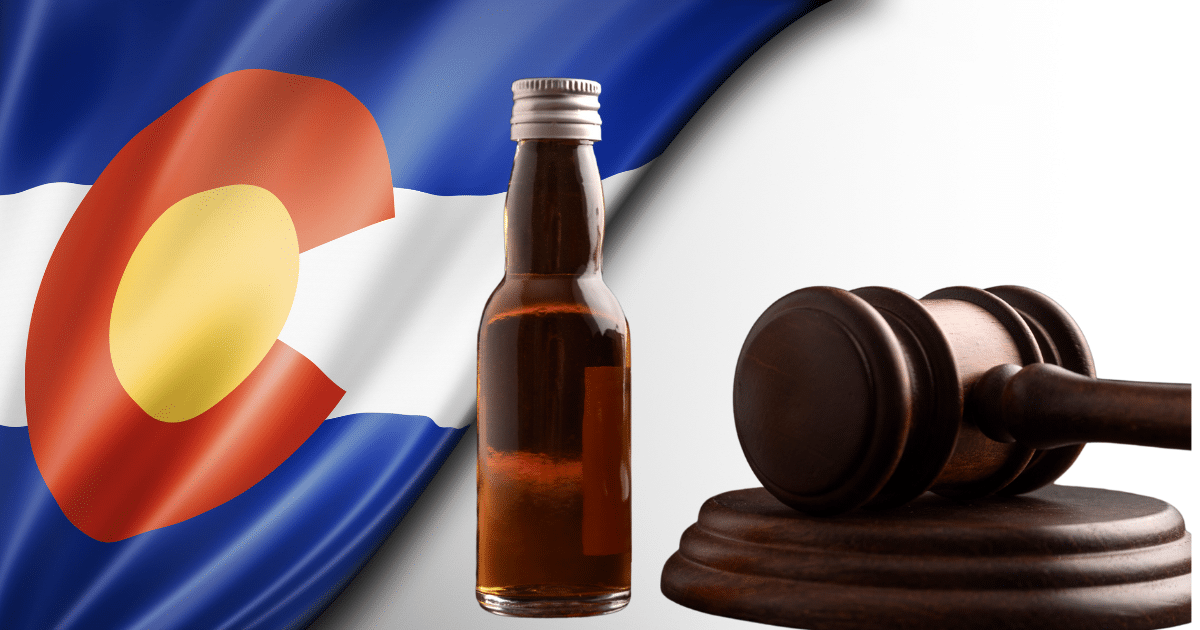To keep yourself and your fellow Americans safe on the road, it’s important to observe the legal driving limits in your state.
As with every other state in the union, Massachusetts’ legal alcohol limit is a BAC of 0.08%. BAC stands for blood/breath alcohol concentration, and it is the measure of ethyl alcohol in an individual’s system.
Suspected to Be Under the Influence
If you are pulled over while driving, you may be asked to perform various roadside tests to assess your sobriety.
In Massachusetts, law enforcement officers need reasonable suspicion of intoxication to conduct these roadside tests. That means that they must have some reason to believe that the driver of the vehicle is under the influence, whether because of the odor of alcohol, the driver’s appearance, speech, driving ability, or another reason.
If reasonable suspicion is present, an officer is within their right to conduct roadside sobriety tests for alcohol and drugs. These tests include a standard field sobriety test (SFST), a breathalyzer to detect alcohol, and a saliva test for other drugs.
Concentrating on Alcohol
When taking a breathalyzer test, the ethanol concentration of your breath is being assessed. Ethanol is measured in grams per 100 milliliters of blood, or 210 liters of breath.
When consumed, alcohol is absorbed into the bloodstream through the mouth, throat, stomach, and intestines. Alcohol isn’t digested or chemically altered after drinking, so it remains intact in the bloodstream. As that blood moves through the lungs, some of that alcohol will evaporate and move through the lung’s air sacs. Thus, exhaled air contains the same concentration of alcohol as what’s in an individual’s bloodstream and can be detected by a roadside breathalyzer.
While the 0.08 percent limit demarcates the legal standard, BAC is not necessarily an accurate reflection of individual impairment. Intoxication depends greatly on physiological factors, including genetics, sex, weight, and body fat percentage. The number of drinks you consume can also affect you differently depending on personal conditions, such as the contents of your stomach and your tolerance levels.
This means that even if you are under the legally defined limit, you can still experience the effects of intoxication. These include loss of motor coordination, reduced reaction times, impaired judgment and self-control, uncharacteristic and risk-taking behaviors, slurred speech, blurred vision, and more. Any of these can be dangerous and even life-threatening when operating a motor vehicle.
The Laws of the Land
The legal limit for adults also differs depending on what kind of vehicle you are driving. If you’re driving a non-commercial vehicle like a car, SUV, motorcycle, or ATV, the 0.08 percent rule holds. However, if you are operating a commercial vehicle, the legal limit is 0.04 percent.
If you are under the age of 21 and are caught driving with a BAC of over 0.02 percent in Massachusetts, you face various penalties, including the suspension of your license for 180 days. There is virtually zero tolerance for underage drinking and driving.
Driving under the influence is not just dangerous in the eyes of the law, it’s also a risk to your health and wellbeing. If you’re struggling with problematic alcohol use, Landmark Recovery is here to support you towards better health. It all starts with a single step. Reach out today to learn more about how to get started.

Choose Recovery Over Addiction
We're here 24/7 to help you get the care you need to live life on your terms, without drugs or alcohol. Talk to our recovery specialists today and learn about our integrated treatment programs.




